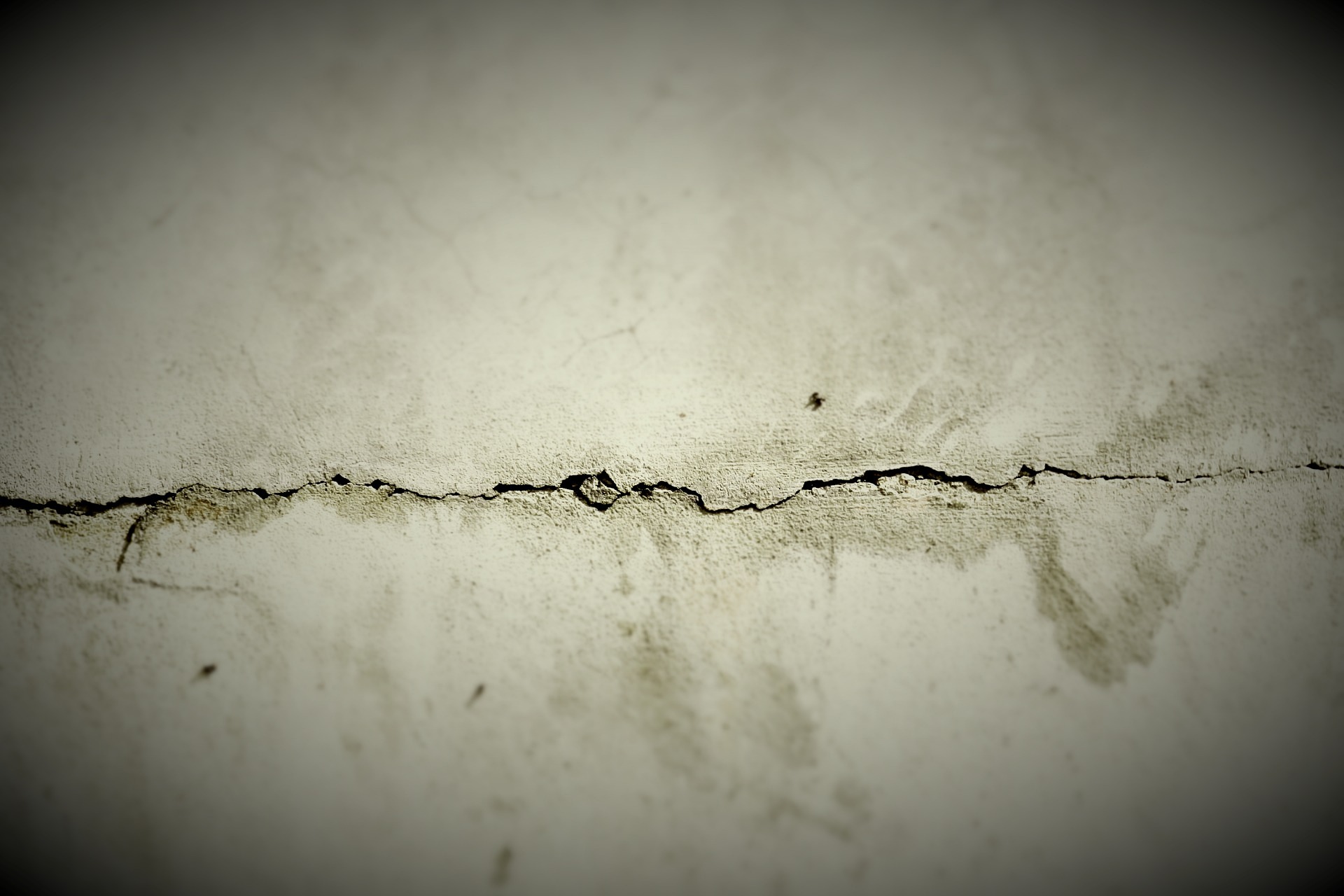The Ultimate Guide to Concrete Crack Repair: Protecting Your Home's Foundation
Concrete cracks are a common issue that many homeowners face, potentially compromising the structural integrity of their buildings. Understanding the causes, types, and repair methods for concrete cracks is essential for maintaining the longevity and safety of your home. This comprehensive guide will explore everything you need to know about concrete crack repair, from identifying the problem to implementing effective solutions.

-
Settlement: As the ground beneath a structure shifts or settles, it can cause stress on the concrete, leading to cracks.
-
Temperature fluctuations: Extreme temperature changes can cause concrete to expand and contract, resulting in cracks over time.
-
Overloading: Excessive weight or pressure on concrete surfaces can lead to cracking, especially if the concrete wasn’t designed to handle such loads.
-
Poor mixture or installation: Improperly mixed concrete or incorrect installation techniques can make the concrete more susceptible to cracking.
-
Tree roots: Growing tree roots near concrete structures can exert pressure and cause cracking.
Understanding these causes can help homeowners take preventive measures and address issues promptly when they arise.
How to identify different types of concrete cracks?
Recognizing the various types of concrete cracks is crucial for determining the appropriate repair method. Here are some common types of cracks you might encounter:
-
Hairline cracks: These are thin, shallow cracks that typically don’t affect the structural integrity of the concrete.
-
Shrinkage cracks: Often appearing in a random pattern, these cracks occur as concrete dries and shrinks during the curing process.
-
Settlement cracks: These are usually wider at the top and narrower at the bottom, indicating that the ground beneath has shifted.
-
Structural cracks: Often wider than 1/4 inch, these cracks can signify serious structural issues and require immediate attention.
-
Heaving cracks: These occur when the ground beneath the concrete expands, pushing the concrete upward.
By accurately identifying the type of crack, you can better determine whether it requires professional intervention or if it can be addressed through DIY methods.
What are the most effective concrete crack repair methods?
When it comes to repairing concrete cracks, several methods have proven to be effective:
-
Epoxy injection: This method involves injecting epoxy into the crack, which bonds the concrete and prevents water infiltration.
-
Routing and sealing: For larger cracks, routing (widening the crack) and then sealing with a flexible sealant can be effective.
-
Stitching: This involves drilling holes on both sides of the crack and inserting U-shaped metal pins to hold the concrete together.
-
Grouting: For wider cracks, a grout mixture can be used to fill the void and strengthen the concrete.
-
Concrete patching: For surface-level cracks, applying a concrete patching compound can be a quick and effective solution.
The choice of repair method depends on the type and severity of the crack, as well as the location and purpose of the concrete structure.
How can homeowners prevent concrete cracks in their buildings?
Prevention is often the best approach when it comes to concrete cracks. Here are some strategies homeowners can employ to minimize the risk of cracking:
-
Proper site preparation: Ensure the ground is properly compacted and graded before pouring concrete.
-
Use of control joints: Strategically placed control joints can help manage where cracks occur.
-
Adequate curing: Allow concrete to cure properly by keeping it moist and protected from extreme temperatures.
-
Reinforcement: Using steel reinforcement bars or wire mesh can help distribute stress and prevent cracking.
-
Quality concrete mix: Use a high-quality concrete mix appropriate for the specific application and climate.
-
Regular maintenance: Seal concrete surfaces periodically to protect against moisture and chemical intrusion.
By implementing these preventive measures, homeowners can significantly reduce the likelihood of concrete cracks and extend the life of their concrete structures.
When should you hire a professional for concrete crack repair?
While some minor concrete cracks can be addressed through DIY methods, there are situations where professional help is necessary:
-
Structural cracks: Any crack wider than 1/4 inch or that appears to be affecting the building’s stability should be assessed by a professional.
-
Recurring cracks: If cracks keep reappearing after repairs, it may indicate a more serious underlying issue.
-
Foundation cracks: Cracks in the foundation can be particularly concerning and often require expert evaluation.
-
Large-scale repairs: For extensive cracking or when specialized equipment is needed, professionals have the tools and expertise to handle the job effectively.
-
Water leakage: If cracks are allowing water to enter the building, professional waterproofing may be necessary.
Professional concrete repair services can provide a thorough assessment of the problem and implement long-lasting solutions that may be beyond the scope of DIY repairs.
Concrete crack repair is an essential aspect of building maintenance that shouldn’t be overlooked. By understanding the causes, types, and repair methods for concrete cracks, homeowners can take proactive steps to protect their property’s structural integrity. Whether through preventive measures, DIY repairs, or professional intervention, addressing concrete cracks promptly can save time, money, and potential headaches in the long run. Remember, when in doubt, it’s always best to consult with a professional to ensure the safety and longevity of your home’s concrete structures.






